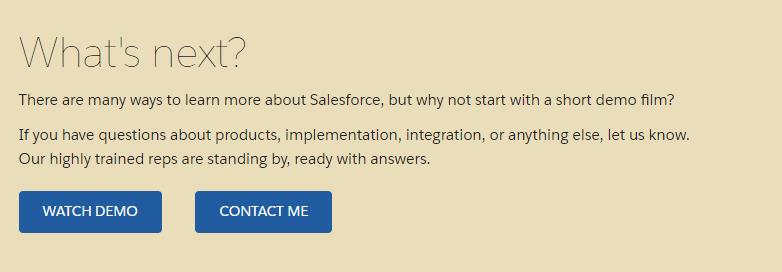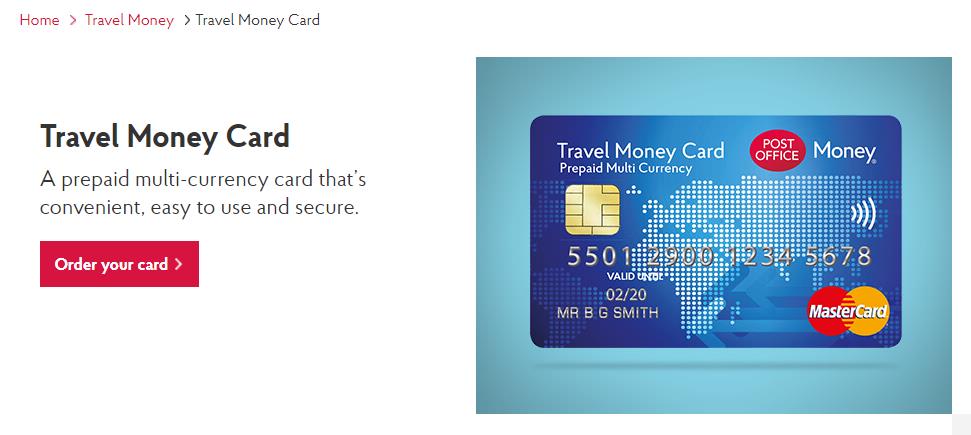
A Call-to-Action (CTA) utilised properly can have tremendous impact on the results of your marketing communications. Whilst working with a client, online marketing agency, Wordstream, found that one well created CTA utilised in a marketing email increased click through rates upwards of 300%.
To many, this is not surprising. We all get marketing emails and most get ignored or dismissed. What a CTA does is easy to grasp; combined with relevant and interesting content, a well-crafted CTA encourages us to engage further with marketing communications. CTAs are not unique to email communications; they are used to varying degrees across most marketing messaging, online and offline.
So, what makes a good call-to-action? Here are our 5 top tips - with examples - for developing an effective CTA
Create value
CTAs are an exchange. When you ask someone to act, have you provided enough information and context so that they feel comfortable engaging with your request?
Tip number one is to deliver something of value with your content. It has to resonate with the needs of your audience and make the reader feel like your efforts are worth something to them.

Be assistive, not intrusive
A CTA needs to be anticipated and audience appropriate.
Don’t be intrusive. Ask yourself these questions:
- Can someone reasonably expect you to make that request now?
- Have you got your prospect on board and would they be comfortable taking the action you request?
- Does this make sense?

Get the timing right
Even when a prospect is happy with you and your business, there will be a right and a wrong time to ask for action. Ask yourself:
- Why would they act at this point?
- What is compelling them to take action?
Do not rush your ask.

Build trust
The lesson here, for any start-up, is that you need to build up some trust before you can start asking people to do anything.
If you’re trusted and the prospect knows what to expect from you, your content doesn’t have to work as hard. The only issue here is that you have to build that trust in the first place. How do you do that…
Deliver on your promises
A good call to action will not place unreasonable expectations on any prospect. Deliver only what your call to action promises, making it clear what they should expect. This is not the time to surprise them with an unwanted hard sales pitch.
To summarise, a call to action is like a conversation with a potential customer. Think about how appropriate it is to ask them to do something during the conversation. That way, you’ll be checking your content and context.
